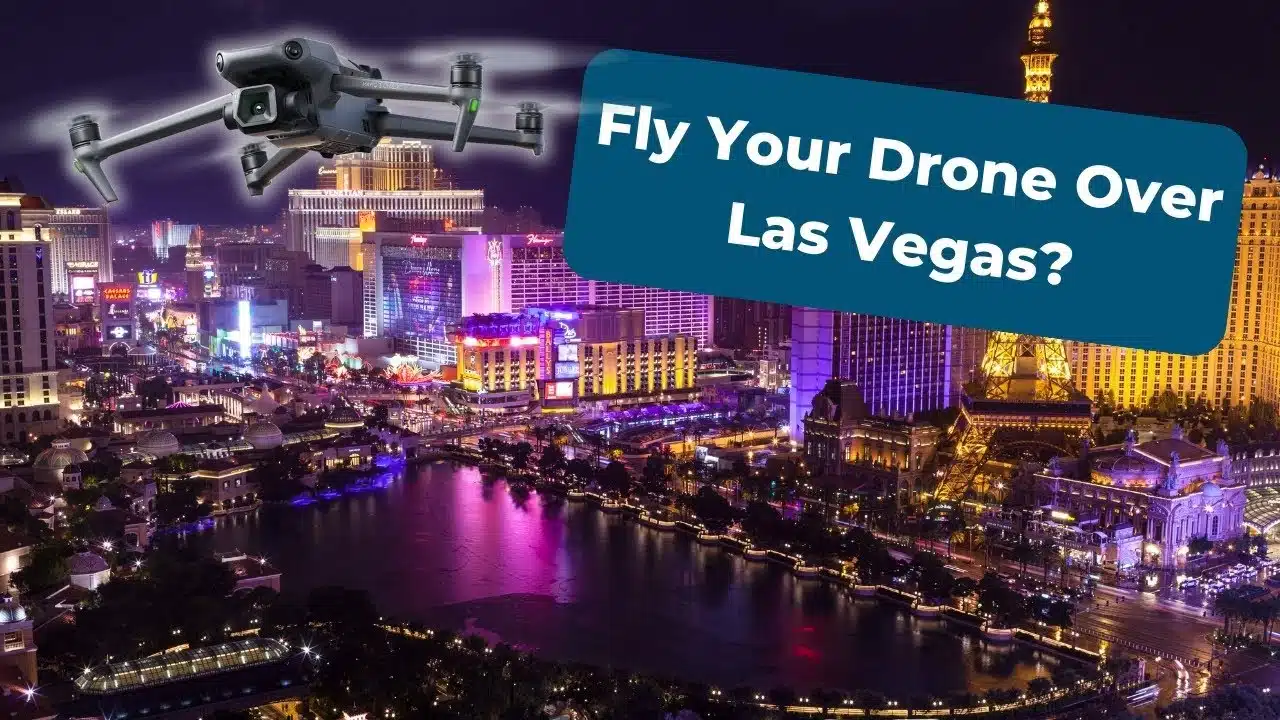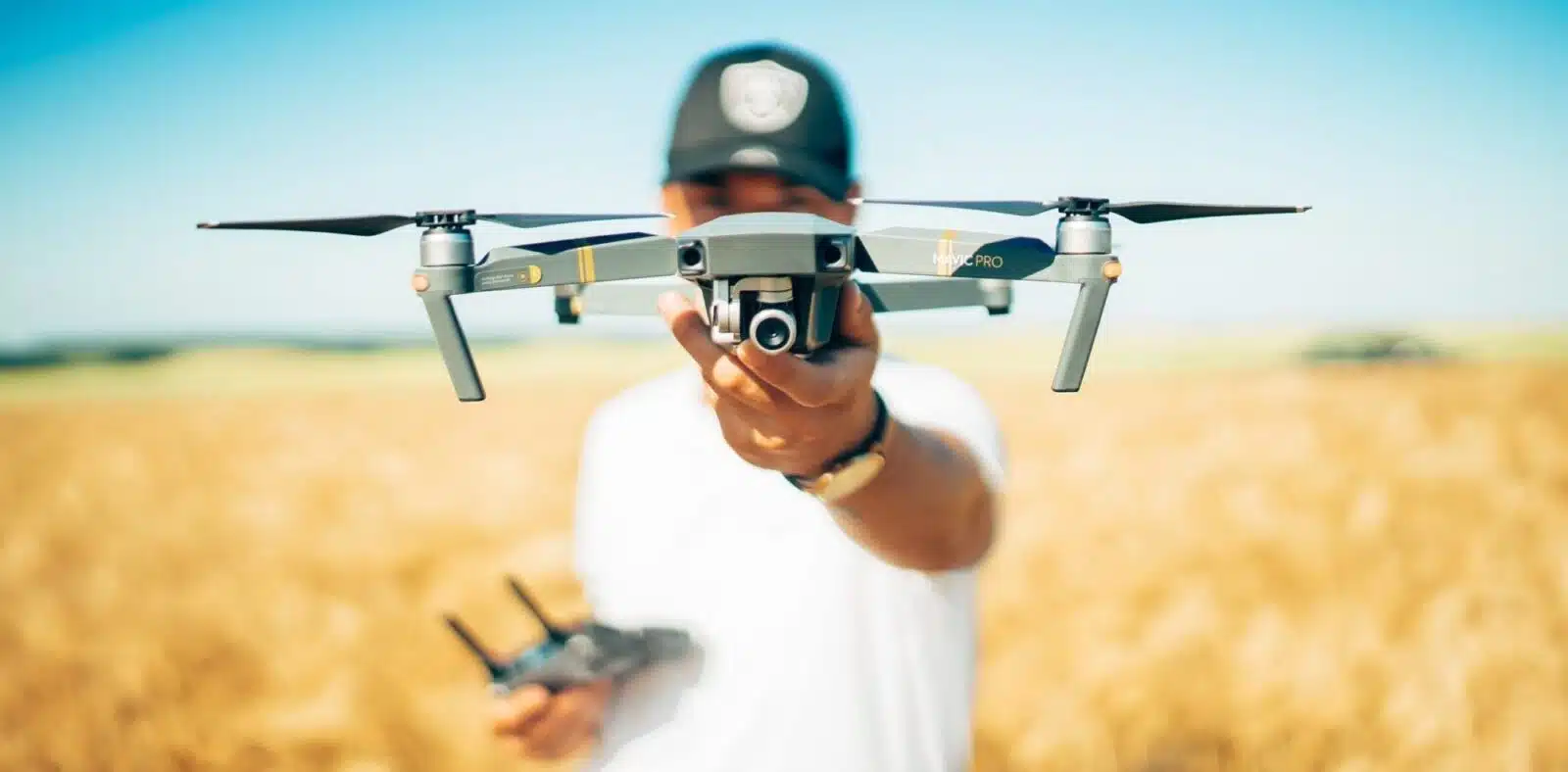
Clever Tips to Find a Lost Drone. The cutting-edge capabilities of drones have made them versatile tools across many industries. People are utilizing drones for a wide range of applications, including surveillance, airborne inspections, and videography. Due to their adaptability and ease of use, drones can be effectively utilized in a wide range of scenarios. However, while drones are helpful, they are also very fragile. In other words, you risk losing them if you don’t handle them properly. Considering the high price tag of drones, it’s easy to see how this could be an issue. Therefore, today, we will provide you with a few clever tips to help you locate a lost drone.
Tips to Find a Lost Drone
Drones have become increasingly popular gadgets, offering exciting aerial perspectives and a wide range of applications. However, the unfortunate reality is that sometimes drones can get lost or go missing. Losing a drone can be disheartening and financially burdensome, but there are steps you can take to improve your chances of finding it. In this article, we will provide you with valuable tips and strategies to help you find a lost drone.
1. Introduction
Drones have revolutionized various industries, including photography, videography, surveying, and delivery services. Their versatility and maneuverability have captivated enthusiasts and professionals alike. However, despite their advanced technology and safety features, drones can still go missing for various reasons, including strong winds, technical malfunctions, or pilot errors, especially when getting your first drone.
2. Preparing for a Drone Search
Before diving into the search process, it’s crucial to prepare adequately. Start by gathering all relevant information about the drone, including its make, model, serial number, and any distinctive features. This information will be valuable when contacting authorities or seeking assistance from others.
Additionally, please familiarize yourself with local regulations concerning drones and their operation. Some areas may have specific guidelines or restrictions affecting your search efforts. Once you have gathered the necessary information and are familiar with the regulations, you can assemble the equipment needed for the search, including binoculars, a flashlight, and a GPS tracker.
3. Conducting a Systematic Search
When searching for a lost drone, adopting a systematic approach is essential. The grid search method is an effective technique for systematically covering a large area. Divide the search area into smaller sections and search each section meticulously, marking the areas that have already been covered.
Utilize technology to your advantage by checking if your drone has any built-in tracking features. Some drones have GPS capabilities, allowing you to track their last known location. Alternatively, third-party apps and devices can help you locate your lost drone using GPS coordinates.
In addition, it’s crucial to utilize visual cues during the search. Look for visible signs of your drone’s presence, such as broken branches, disturbed vegetation, or unusual objects that may indicate a crash or landing. These visual cues can provide valuable clues and narrow down your search area. Keep a keen eye on the surroundings while conducting your systematic search, as these subtle indicators can significantly increase your chances of finding your lost drone. Furthermore, don’t forget to involve friends or fellow drone enthusiasts in the search, as their fresh perspectives and extra pairs of eyes can significantly assist in locating your drone.
4. Engaging the Community
The power of community involvement should not be underestimated when finding a lost drone. Reach out to locals in the area where the drone was lost and seek their assistance. They may have witnessed or encountered the drone and can provide valuable information. Online platforms and social media groups dedicated to drones and local communities are excellent resources for spreading the word about your lost drone.
Consider offering rewards for information leading to the recovery of your drone. Incentives can motivate individuals to actively participate in the search and increase the likelihood of finding your drone. You can offer a monetary reward, a gift, or any other valuable incentive that aligns with the significance of your drone’s loss. Incentivizing the search creates a sense of urgency and encourages people to watch for potential leads or sightings.
Providing clear and concise details about your lost drone is essential when engaging the community. Share information such as the drone’s make, model, and unique features or markings to help identify it. Including a recent photograph of the drone can be particularly helpful. The more accurate and detailed your description is, the higher the chances are that someone will recognize or come across your drone.
Remember to maintain regular communication with the community and update them on any progress or new information that may arise during the search. By fostering a collaborative effort, you increase the likelihood of finding your lost drone and demonstrate the power of community involvement in resolving such situations.
5. Contacting Authorities
In cases where a lost drone cannot be found through personal efforts, it is advisable to notify the local authorities. Please provide them with detailed descriptions of the drone, including its appearance, features, and any identifiable markings. This information will help the authorities identify and recover the drone if it is found or reported.
Cooperating with law enforcement agencies is crucial, as they often have access to valuable resources and databases that can aid in recovery. Stay in touch with them, providing any additional information or leads that may arise during the search.
6. Analyzing Data and Investigating Leads
Drone enthusiasts often keep flight logs and telemetry data, which can be valuable resources when searching for a lost drone. Reviewing this data can help pinpoint the approximate location where the drone was last seen or determine its flight path. Additionally, check online marketplaces and forums for any listings or discussions about a found drone matching your description.
Follow up on potential sightings reported by individuals or captured on security cameras. Investigate the leads diligently, which may lead you closer to your lost drone.
Having some form of screen capture is a great security feature for any drone. If you start losing control of your drone, you can quickly take a screenshot of the surrounding area to document the situation. Doing so will reveal the last known location of your drone. Assuming you have a rough idea of where your drone has crashed, you can use audio cues and visual ones to track it down. If you start losing control of your drone, try to take a picture of the ground to regain control. Everything from grass, gravel, and plant life to clusters of huge boulders or fallen trees. All of these things will help you locate your drone if you lose it.
7. Dealing with Challenging Scenarios
You may encounter different challenges during the search depending on where your drone was lost. If your drone went missing in a remote area, consider enlisting the help of experienced outdoor enthusiasts or professional search and rescue teams. They have the expertise and equipment to navigate challenging terrains effectively.
If your drone were lost in water, time is of the essence. Act swiftly and contact local authorities or professional divers specializing in underwater recoveries. Please provide them with accurate information about the last known location of the drone to expedite the search.
In densely populated areas, reaching out to local authorities, community groups, or even drone enthusiasts can help maximize your chances of finding your lost drone. Their familiarity with the area and regional networks can provide valuable leads and support.
8. Preventing Future Losses
While losing a drone can be distressing, taking preventive measures can reduce the likelihood of such incidents in the future. Invest in a GPS tracker specifically designed for drones, which can help you locate your drone in case it goes missing. Additionally, consider using anti-loss devices that emit a loud alarm when the drone moves out of a specific range.
Implement failsafe mechanisms and configure your drone to return to its takeoff location automatically if the signal is lost or the battery is running low. Regularly update and maintain your drone’s firmware and software to ensure optimal performance and stability.
Enhancing your pilot skills and knowledge is another essential aspect of preventing drone losses. Familiarize yourself with flight regulations, weather conditions, and safe operating practices. Enhancing your piloting skills will decrease the likelihood of accidents or incidents that could result in the loss of your drone.
Use the Return Home Function on Your Drone
Using the “return home” button and waiting a few minutes before going out to look for your drone is the first step if you lose connection with it due to bad weather or a crash. Depending on the drone’s model, this process will vary. However, most models display telemetry data at the bottom of the remote control screen. In addition to distance, it will indicate the direction in which your drone is flying. If the readouts are decreasing, the drone is getting closer to you. However, if the values on the screen don’t shift, you have either lost the connection to your drone or the drone is stuck somewhere. If this happens to you, it’s time to consider alternative options for locating a lost drone.
Verify the Last Known Location by Consulting Flight Records
This is usually the first thing professional drone pilots do if they need to find a lost drone. Additionally, it is helpful for drone pilots whose drones have crashed due to a dead battery. At the very least, the drone’s last known coordinates before the drone disconnected will help you and your search team focus your efforts. In addition to the last known coordinates, you can use the data at the end of the previous flight log, which is accessible for some drones. Then, you can start your search at the given location using the global positioning system (GPS) equipment or your smartphone’s GPS. You’ll still have to put in some extra work, but at least you’ll focus your efforts where they’ll be most fruitful.
Scan the Area with Another Drone
If you can access another drone with a working camera, you can save time looking for the lost drone. You can use another drone to survey the surrounding area and see if you can find your drone that way. If the missing drone still has battery life when night falls, another drone could also be used to spot its lights from above.
Ask Around the Neighborhood
If you’re settling into a new community and lose your drone while trying to get to know the area, consider asking your neighbors for help. Some of them might have witnessed your drone crash and can help point you in the right direction. It’s a good idea to let them know where you fly so that you can return to the ground safely in the event of an emergency.
How To Prevent Losing Your Drone
1. Purchase a Tracker or an App
Most people don’t think with trackers, even though they can be instrumental after a drone crash. You should use tracking software whenever possible to find your missing drone. Numerous GPS-based drone trackers are available and will serve their purpose well. For example, you can use the TK102 model. This handy device costs around $30 and functions with a SIM card. So, if you ever misplace your drone, you can dial TK1TK102’s number to get a text message with its current location. There are many different types of trackers available.
2. Always Fly Your Drone Within Visual Range
When you can see your drone, the chances of it crashing or disappearing drastically decrease. In fact, according to FAA regulations, pilots must always have their UAVs in clear sight. To fly safely, it is essential to stay within sight of the ground. Remember that relying only on a live video feed to protect your drone is terrible. If you do this, you will have no idea what’s occurring behind or to the sides of your drone.
3. Set the Right Height to the Proper Level
Although newer drones have vision systems that enable them to avoid or fly over objects during Return to Home (RTH), setting an RTH Altitude is still beneficial. RTH relies on natural lighting. Therefore, it may fail to detect issues in environments with little to no shadows, such as those involving clear glass or water. Miamimoversforless.com has experienced RTH issues when conducting drone property surveys. They found that the sensors designed to prevent collisions may overlook thin objects, such as tree branches and power cables.
FAQs
- Can I fly my drone at night? Most countries have specific regulations regarding drone flights at night. It’s essential to familiarize yourself with the local rules and adhere to them to avoid legal issues.
- Is it possible to track a lost drone without GPS? While GPS tracking is the most reliable method for locating a lost drone, alternative methods are available. Some drones may have built-in features, such as signal beacons or visual markers, that can assist in finding them.
- Should I file a police report for my lost drone? Filing a police report is recommended, as it helps create an official record of the incident and provides law enforcement with essential information to aid recovery.
- Can I use a drone tracker on any drone? Drone trackers are designed to be compatible with a wide range of drone models. However, it’s essential to check the specifications and compatibility of the tracker with your specific drone before making a purchase.
- Are there any insurance options available for lost drones? Some insurance providers offer coverage for lost or stolen drones. Research and consider purchasing drone insurance to protect your investment and ease the financial burden of loss or theft.
Conclusion
Hopefully, you will find some valuable tips for finding a lost drone. If you follow them closely, you will have no trouble keeping your drone safe and secure, so you can spend more time flying and less time worrying about crashes and damage. An article on finding your DJI drone- Find My Drone -https://www.droneblog.com/find-my-drone-dji/





Comments are closed.